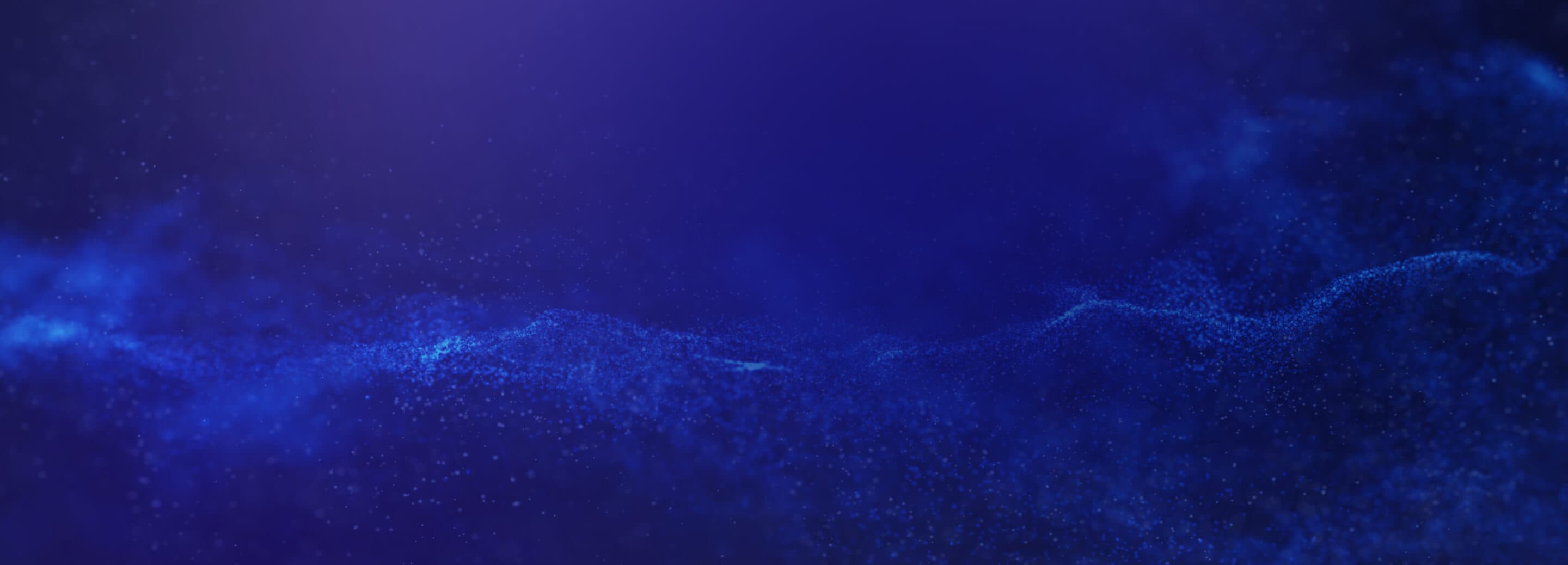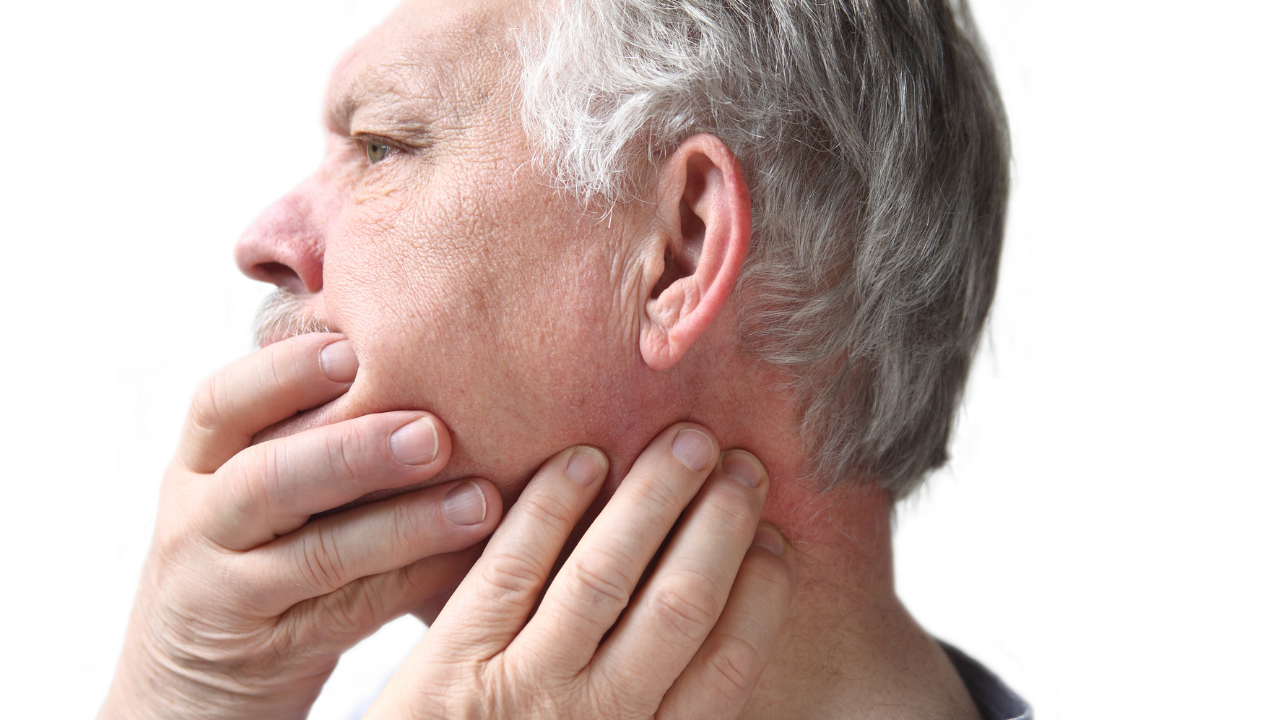July 1, 2021
3m 10s
Share:
Covid-19 usually leaves respiratory symptoms and pulmonary complications, although there is also multi-organ involvement. A retrospective case series of 214 patients with Covid-19 in Wuhan confirmed a spectrum of neurological deficits in both central and peripheral nervous systems.
The authors M Zammit, A Markey, and C Webb noted a sharp rise in the number of spontaneous lower motor neuron facial nerve (VIIth cranial nerve) palsy cases. This led them to perform a single-center cohort review on the VIIth cranial nerve palsy patients from January 2020 to June 2020.
Patients were initially seen in the accident and emergency (A&E) department, at the Royal Liverpool Hospital, UK. Patients that were identified with an isolated VIIth cranial nerve palsy were discharged home with medical management and an ENT referral for the emergency clinic.
One patient with a diagnosis of Ramsay Hunt syndrome was excluded. All the remaining 30 patients resided in Liverpool during the stipulated time period. The average age of the cohort was 48 years, with a female-to-male ratio of 1.3:1 and an equal distribution between left- and right-sided facial palsies.
The average duration from the beginning of symptoms to the presentation at the A&E department was 2.3 days. Four out of the 30 patients reported a prodromal period of general lethargy, chills, and rigors prior to the facial nerve palsy. One patient (3%) reported a preceding episode of nasal congestion.
Initial examination in the A&E department confirmed there were no cases of upper motor neuron palsy, with no sparing of the forehead. The average House–Brackmann score was 3.5 (range, 2–5). Computed tomography imaging of the head was performed in four patients (13%) in the emergency setting to rule out a central cause for the nerve palsy; however, no pathologies were detected.
The authors concluded that SARS-CoV-2 has shown its propensity to inflict neurological damage, whether directly or indirectly. This case series review sheds light on the possibility of Covid-19 causing lower motor neuron VIIth cranial nerve palsy, with or without any preceding Covid-19 symptoms.
Hyperbaric oxygen therapy in recovery from post-Covid-19 nervous facial paralysis
Hyperbaric oxygenation treatment is an excellent coadjuvant tool in different neurological and physical rehabilitation processes. It consists of the use of a medical device in which the patient breathes high concentrations of oxygen in a pressurized environment, achieving a state of hyperoxia that produces beneficial effects on the body.
The hyperoxia produced can be very beneficial in the recovery therapy for facial paralysis associated with Covid-19. Tissue oxygenation at the level of damaged facial nerves can improve the state of hypoxia and inflammation in the area. An anti-inflammatory effect is produced and improves the functionality of the nervous tissue, repairing the damage and its transmission capacity.
Hyperbaric oxygen reactivates damaged cell mitochondria that are responsible for producing energy or ATP, increases mitophagy or "clearance" of damaged and dysfunctional mitochondria and this produces regeneration of nervous tissue by increasing the growth of the axon or nerve fiber and the white matter that protects it or myelin.
Consequently, it increases neuroplasticity at different levels and, in combination with intensive rehabilitation therapy, significantly improves and accelerates neuromuscular functionality. Hyperbaric oxygenation therapy produces activation of the satellite cells of damaged facial muscle fibers and their consequent myogenesis or recovery of muscle tissue.
Several experimental studies have shown the beneficial effects of hyperbaric oxygen necessary for the recovery process from facial paralysis. Its use as an adjuvant is a valuable therapeutic tool to improve professional practice and improve the quality of life of patients with this Covid-19 sequel.
References
Fujita N, Ono M, Tomioka T, Deie M. Effects of hyperbaric oxygen at 1.25 atmospheres absolute with normal air on macrophage number and infiltration during rat skeletal muscle regeneration. PLoS One. 2014 Dec 22;9(12):e115685.
Ince B, Arslan A, Dadaci M, Oltulu P, Bilgen F. The effect of different application timings of hyperbaric oxygen treatment on nerve regeneration in rats. Microsurgery. 2016; 36(7):586-92.
M Zammit, A Markey, C Webb. (2020). A rise in facial nerve palsies during the coronavirus disease 2019 pandemic. Cambridge University Press.
Müller A, Tal R, Donohue JF, Akin-Olugbade Y, Kobylarz K, Paduch D, Cutter SC, Mehrara BJ, Scardino PT, Mulhall JP. The effect of hyperbaric oxygen therapy on erectile function recovery in a rat cavernous nerve injury model. J Sex Med. 2008 Mar;5(3):562-70.
Oyaizu T, Enomoto M, Yamamoto N, Tsuji K, Horie M, Muneta T, Sekiya I, Okawa A, Yagishita K. Hyperbaric oxygen reduces inflammation, oxygenates injured muscle, and regenerates skeletal muscle via macrophage and satellite cell activation. Sci Rep. 2018 Jan 22;8(1):1288.
Share:
Related
View cookie policy.


